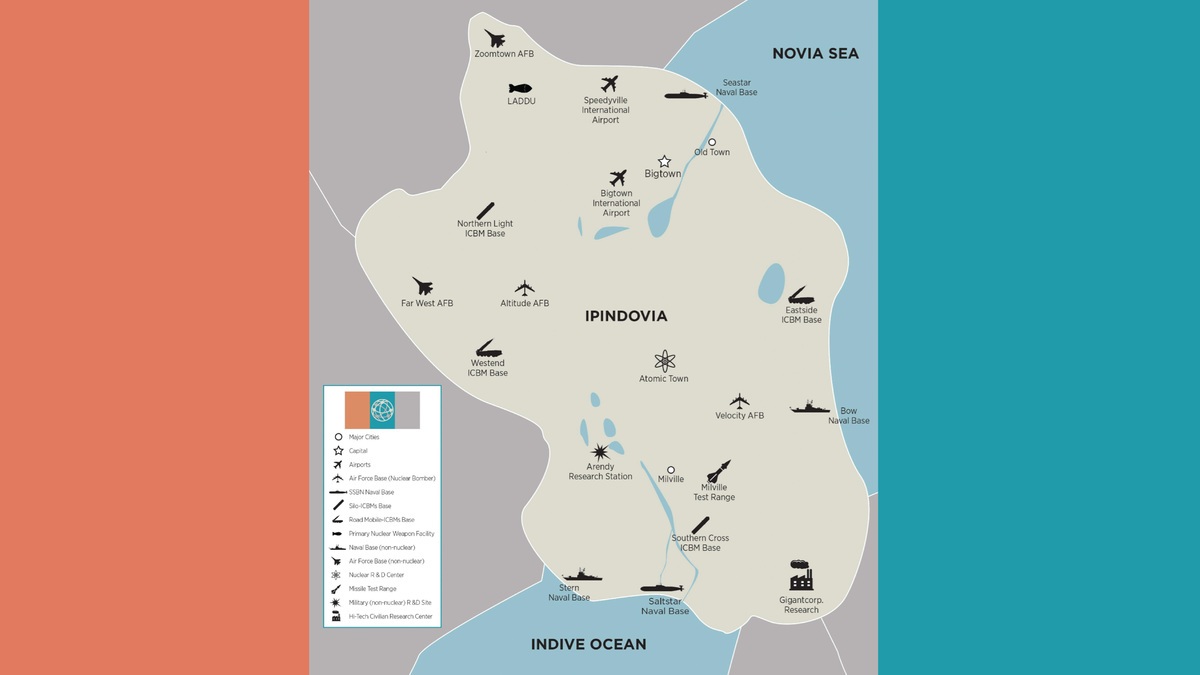As Prepared:
Dear colleagues, thank you very much for joining us this week in beautiful Buenos Aires for the fifth plenary of the International Partnership for Nuclear Disarmament Verification. I would like to extend a special thank you to our Argentine colleagues, who have done a fantastic job preparing for this week. Not only is this the first IPNDV event in Latin America, but this also marks the fourth continent which has hosted a plenary since the Partnership’s inception, highlighting the truly global involvement in this important work. While this is the first IPNDV plenary I have attended, I have watched from afar as the Partnership has grown and flourished over the years.
Before I begin, I would like to briefly comment on the search for the ARA San Juan submarine. The United States stands with Argentina as the search for the submarine continues, and our thoughts are with the families of the 44 submariners. We are offering as much assistance as possible to support the search efforts of the Argentine Navy.
As many of you know, the U.S. Department of State, in collaboration with the Nuclear Threat Initiative, created the Partnership in order to foster collaborative engagement between states both with and without nuclear weapons on the technical challenges associated with verifying nuclear disarmament. This work includes identifying these challenges, and developing potential technologies and procedures to address them.
As the Partnership has discovered throughout its work, these challenges are significant. However, finding mutually understood solutions that ensures future nuclear disarmament can be credibly verified is essential to achieving any potential future reductions.
This plenary marks the conclusion of the Partnership’s first phase, which has focused on the monitoring and inspection of a notional nuclear weapon dismantlement process. While Phase I focused on some of the most complicated and technologically challenging aspects of disarmament verification, the work of the IPNDV has enhanced global understanding of the challenges associated with this work, and already presented new avenues toward potential solutions.
Over the next three days, we will receive updates on the Partnership’s work over the course of its initial phase, providing the most comprehensive readout to date of the group’s accomplishments. This will include briefings from the co-chairs of each individual Working Group, as well as an integrated discussion led by Dr. Lewis Dunn from NTI. Dr. Dunn will bring together the work of the three groups into one, cohesive framework, in order to highlight all of the key policy judgements reached by the Partnership related to verifying nuclear weapons dismantlement.
This meeting will also mark the transition to the next phase of the Partnership, and will determine the scope of our work over the next two years. Phase II will build on and deepen the work of Phase I, expanding the scope from an exclusive focus on dismantlement to addressing verification issues across the wider nuclear disarmament process. Specifically, the Partnership will be able to leverage its experience and expertise to look into issues such as how to verify declarations, data handling requirements across the inspection process, and the use of technologies to enable measurements of Special Nuclear Material and high explosives – all while preventing the disclosure of proliferation sensitive information. These are but a few areas where the Partnership can add value to the global understanding about verifying nuclear disarmament in the years ahead.
Our meeting this week brings together over 100 experts from 22 countries, featuring both technical experts and policy makers from across the global spectrum. Unfortunately, our Russian and Chinese colleagues have decided not to participate in Phase II. While regrettable, their decision does not affect our commitment to this effort, nor should it affect the commitment of any of the dozens of states present in the room today. We are very pleased with the contributions to date from both the other members of the P5, as well as a host of non-nuclear weapon states which have been so actively involved in this process from the beginning. Collectively, we will continue to make real progress on some of the key technical issues related to nuclear disarmament.
Indeed, multilateral progress on nuclear disarmament necessitates robust and meaningful cooperation between those states that possess nuclear weapons and those that do not. To those who contend there is no work being done on this front, the Partnership stands in clear and stark contrast, and it is an important element of the U.S. commitment to Article VI of the NPT. We hope to continue and deepen this cooperation both this week, and throughout Phase II. The Partnership’s work towards credible verification is key to creating the conditions for future nuclear disarmament. The work we are doing here this week, and that the Partnership will perform over the next two years, is an important and necessary step toward future progress.
Thank you very much for coming, and I greatly look forward to working with, talking to, and learning from each of you over the coming days.
Read more on the U.S. Department of State website.





